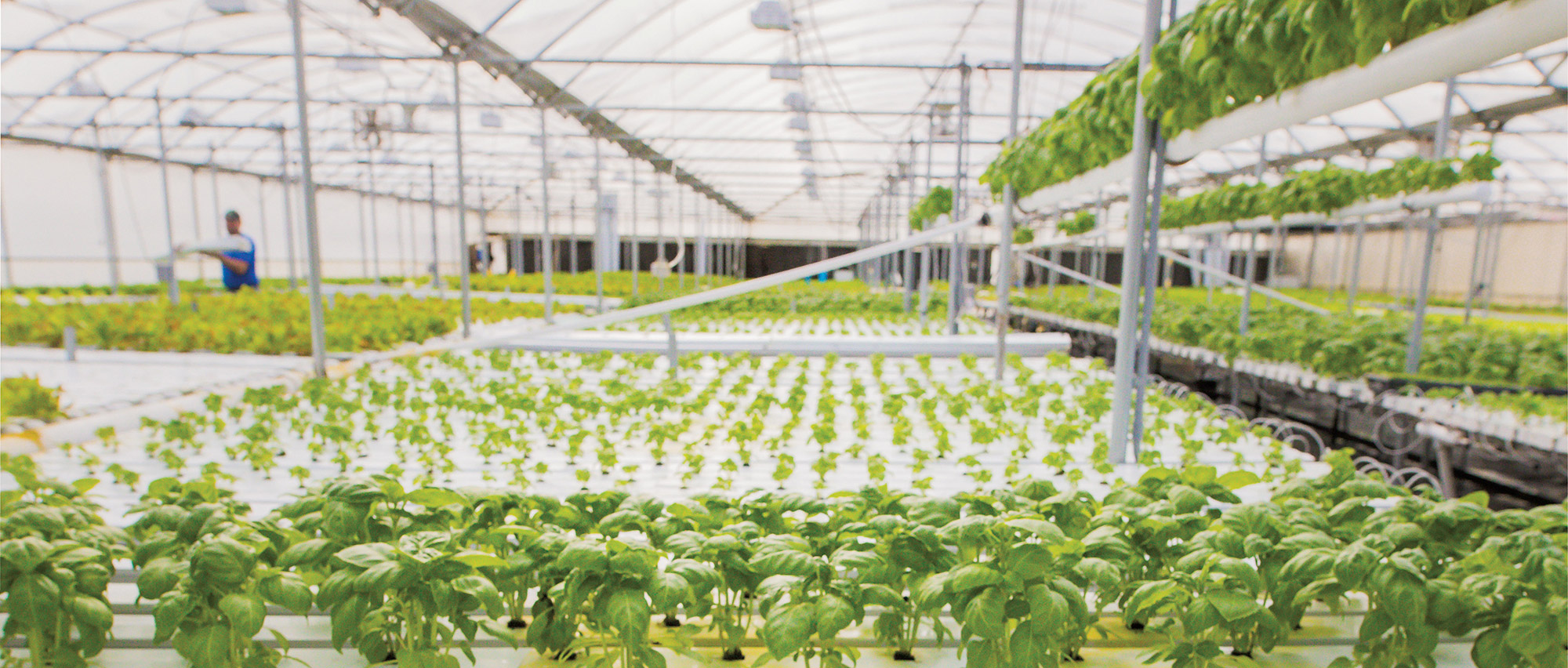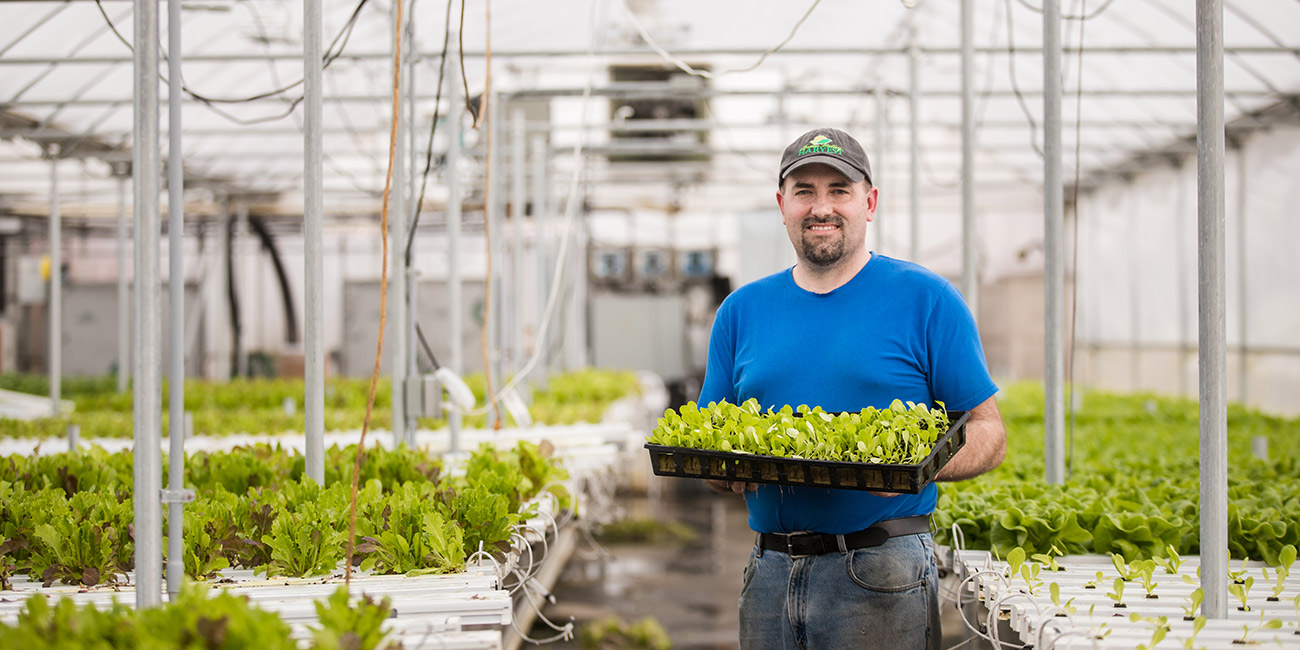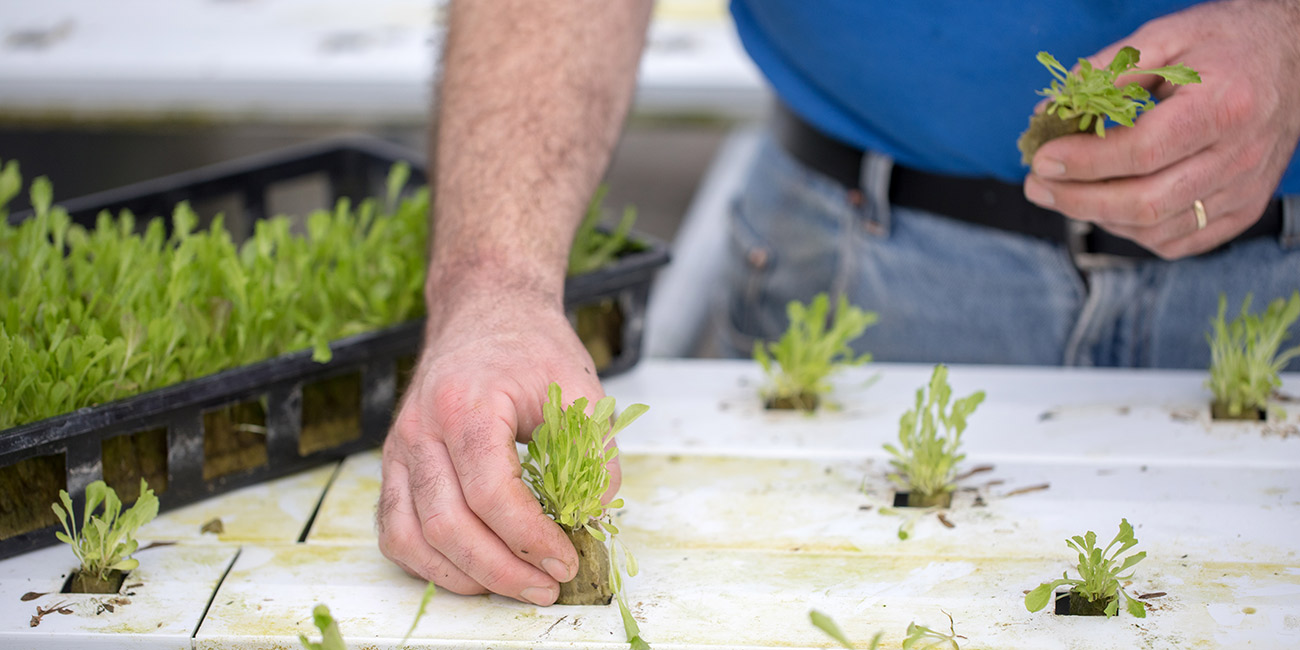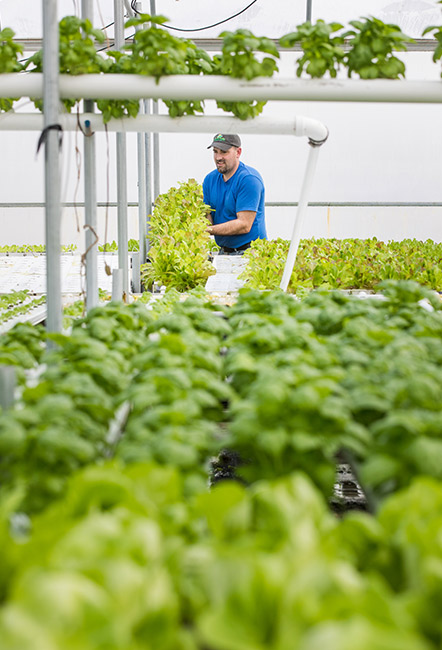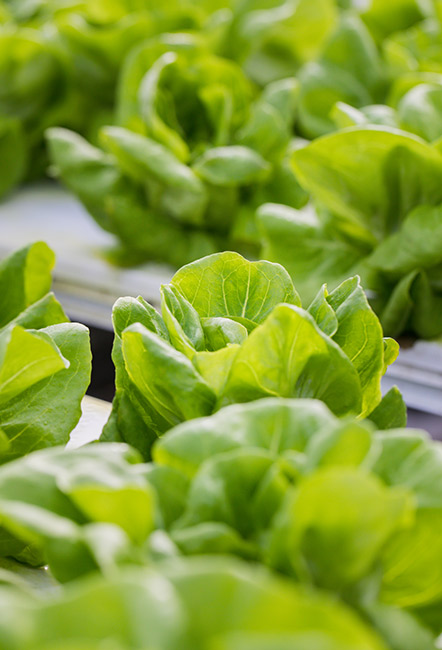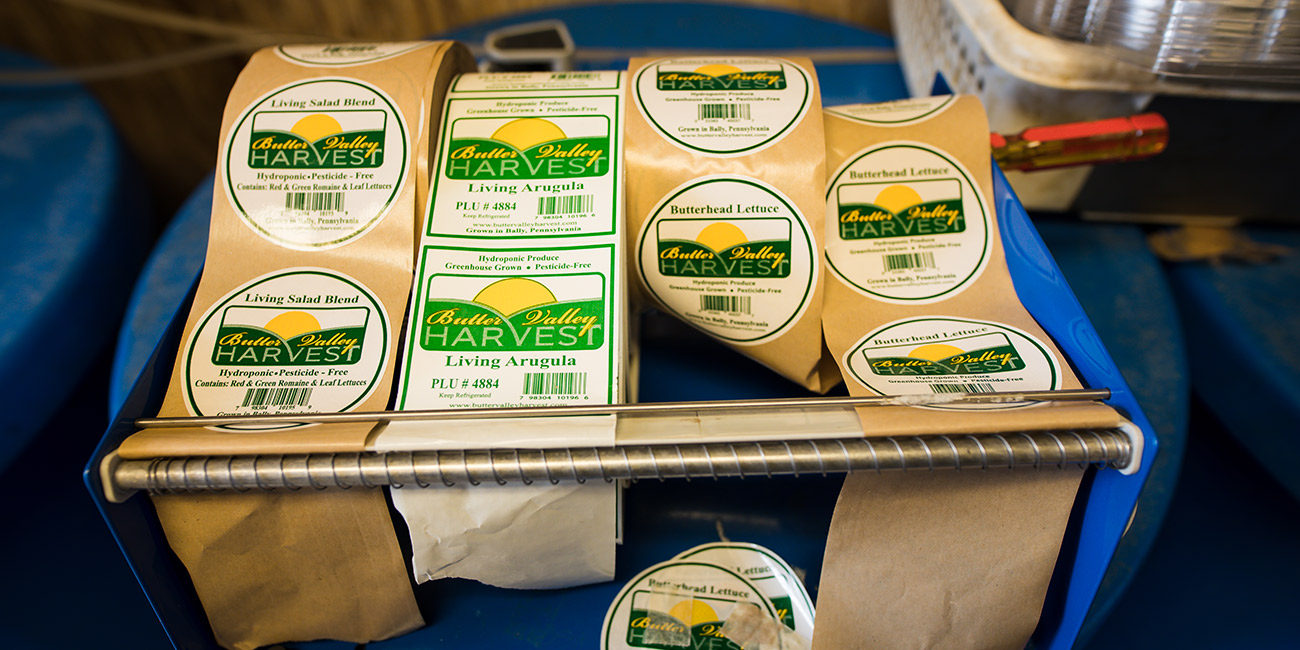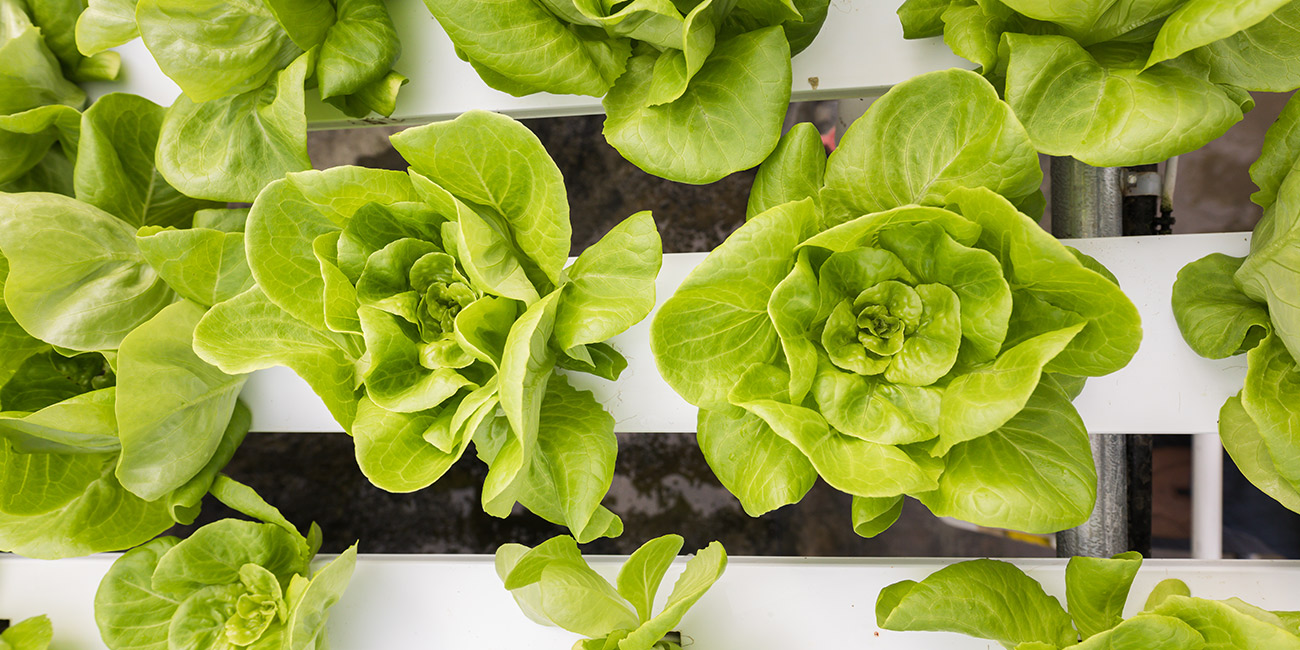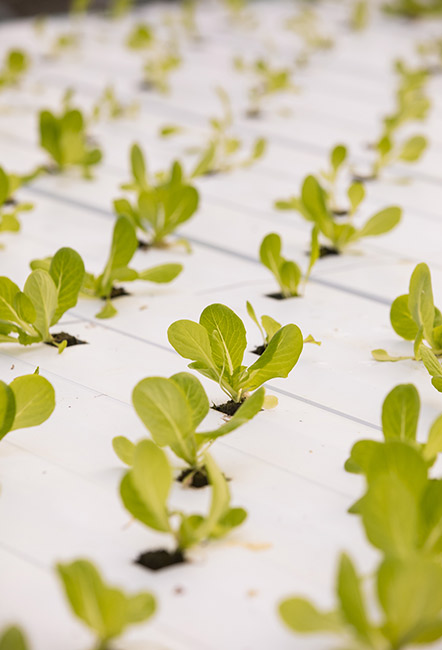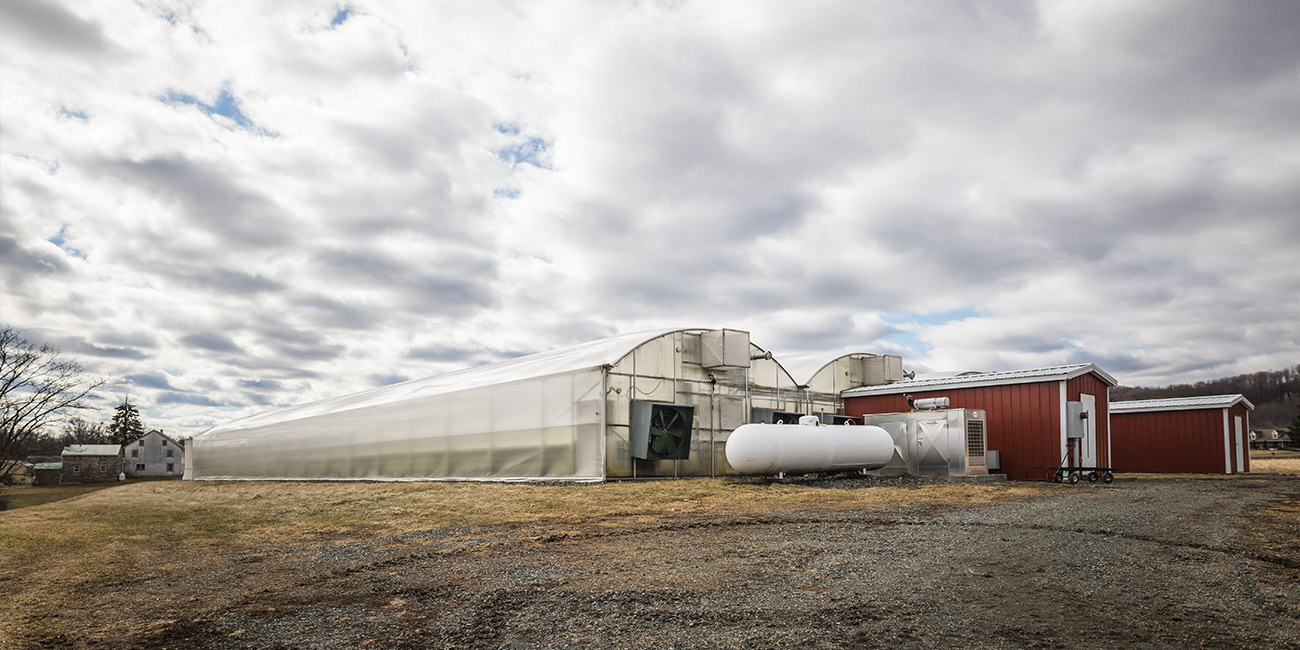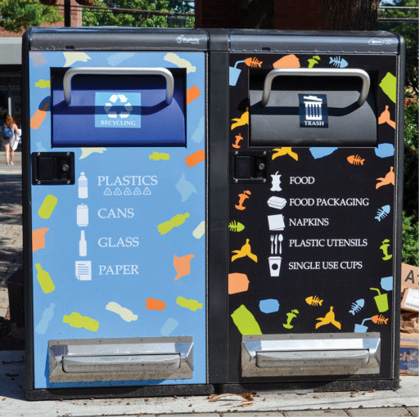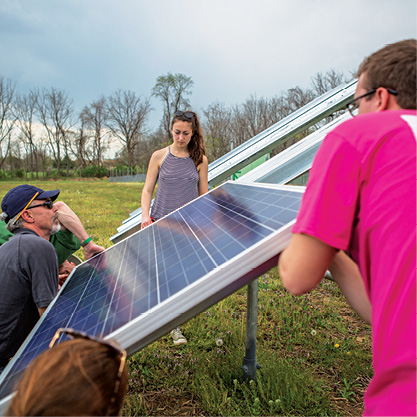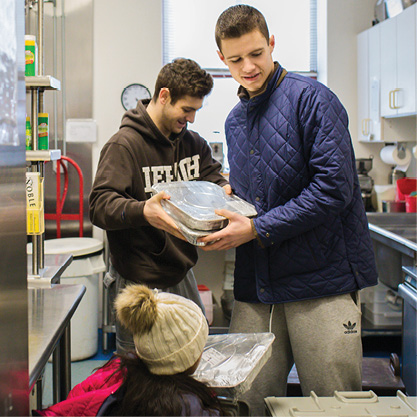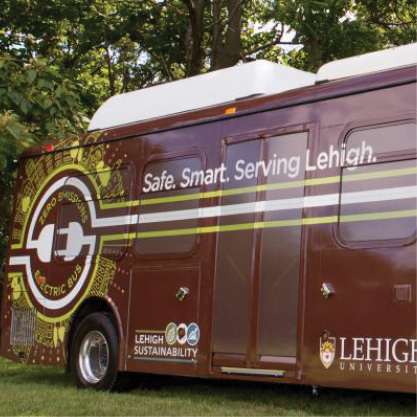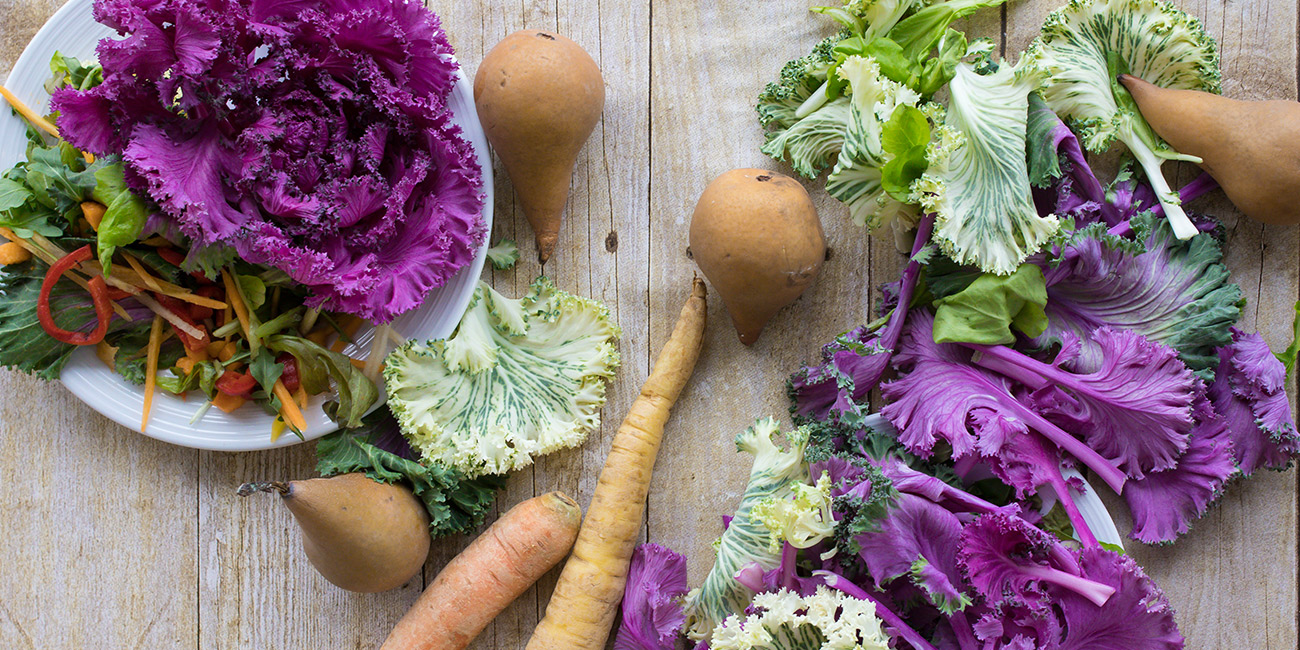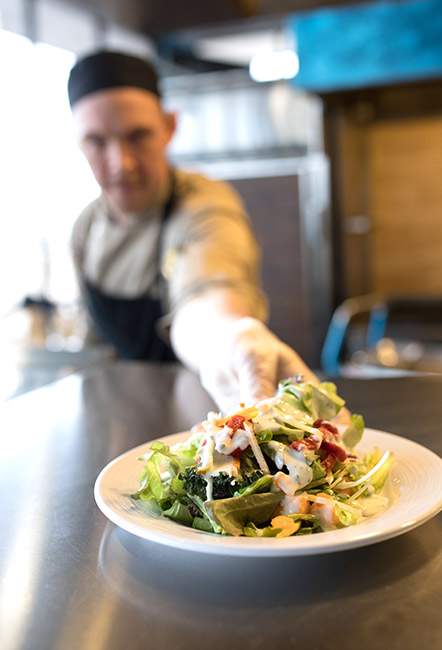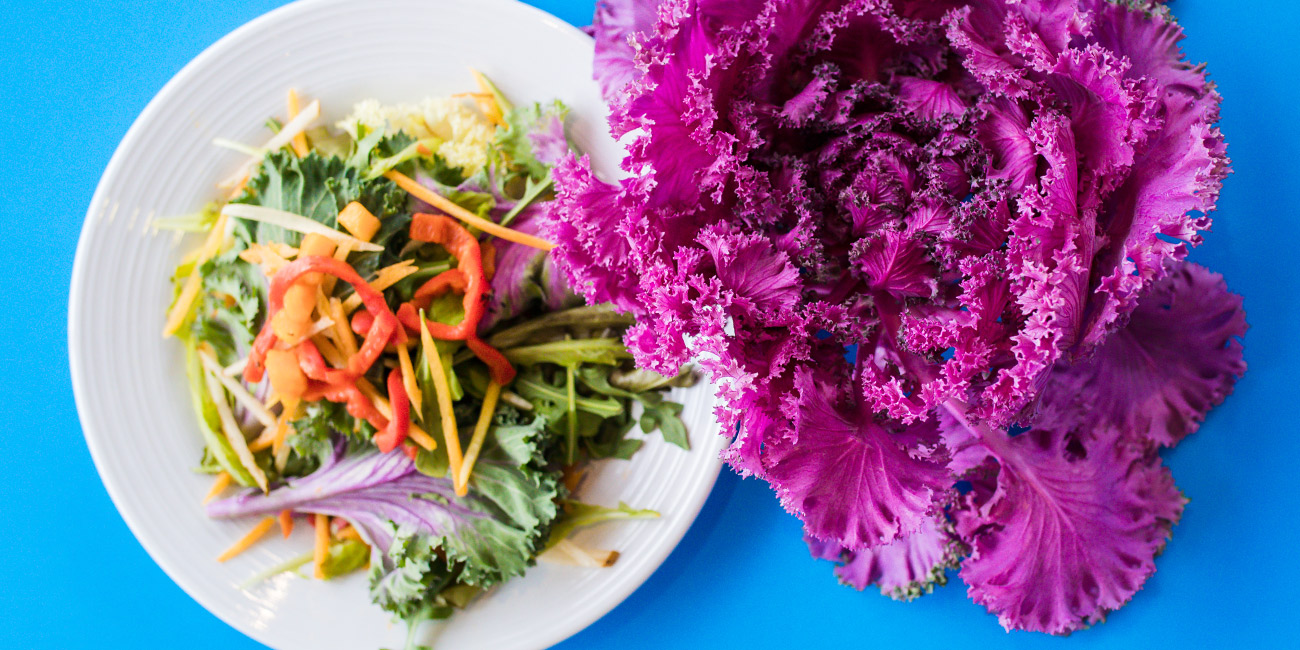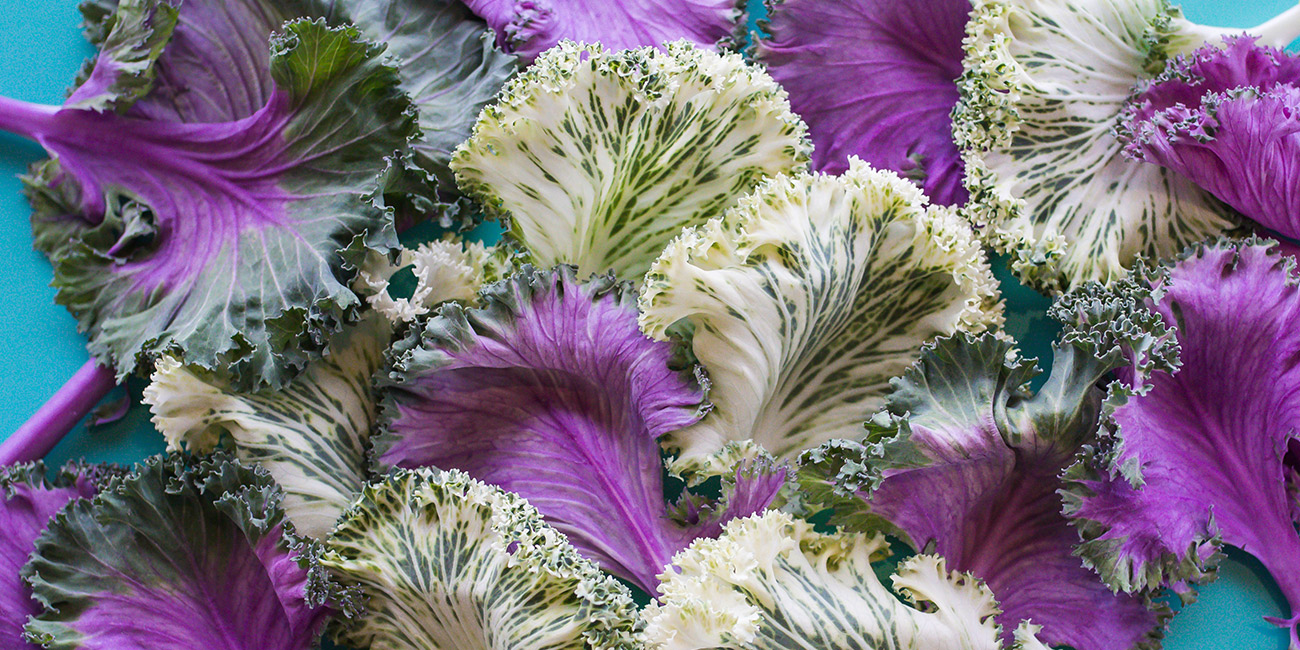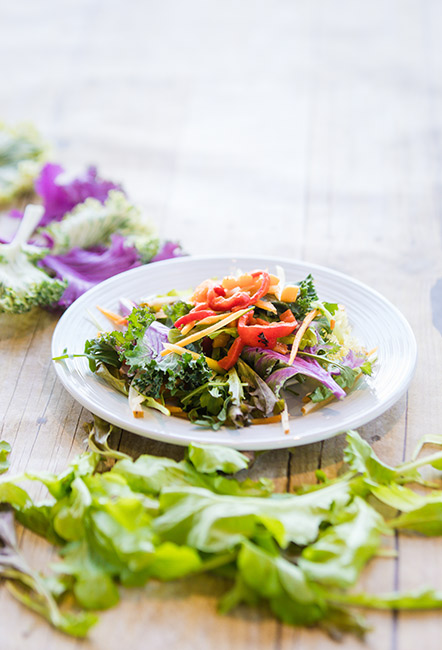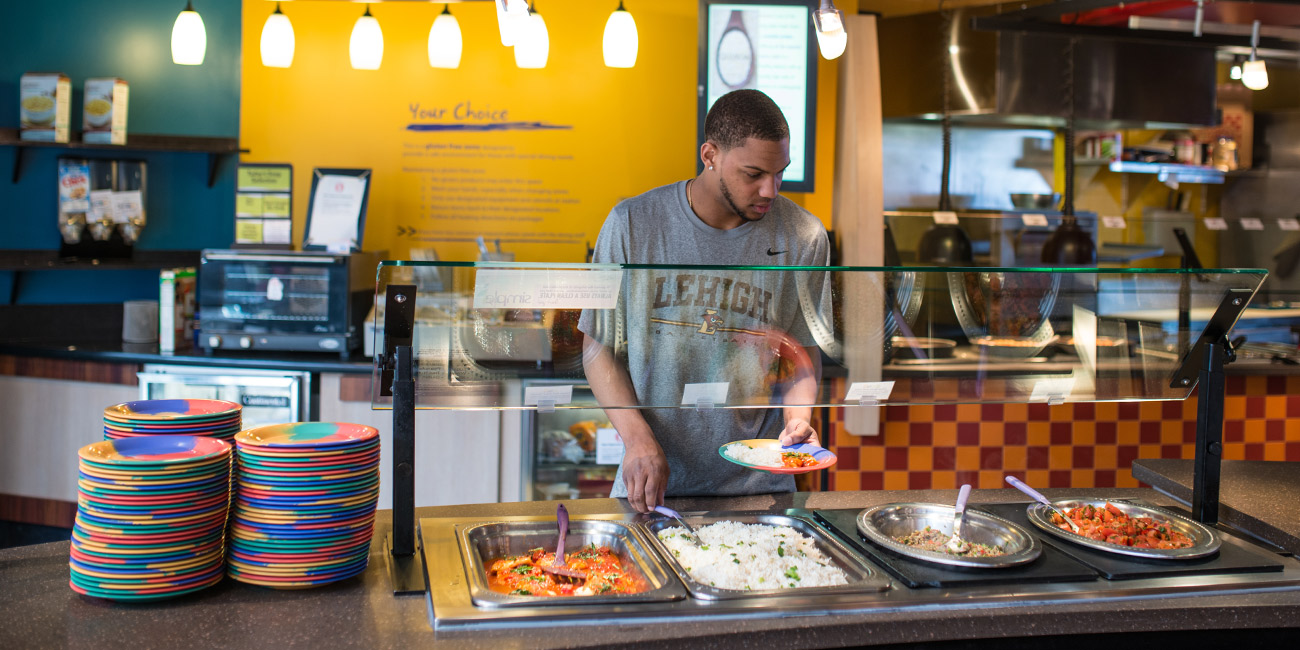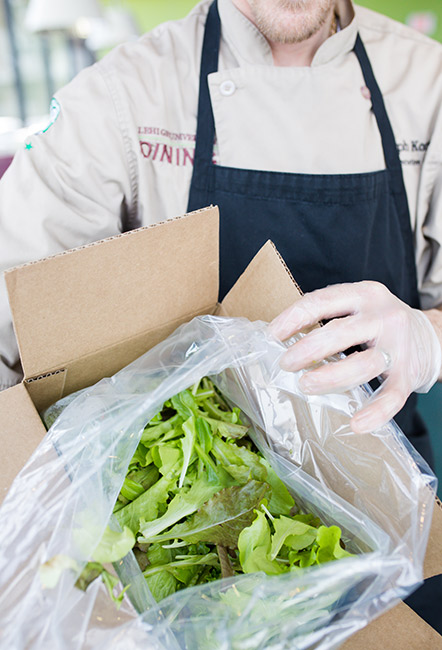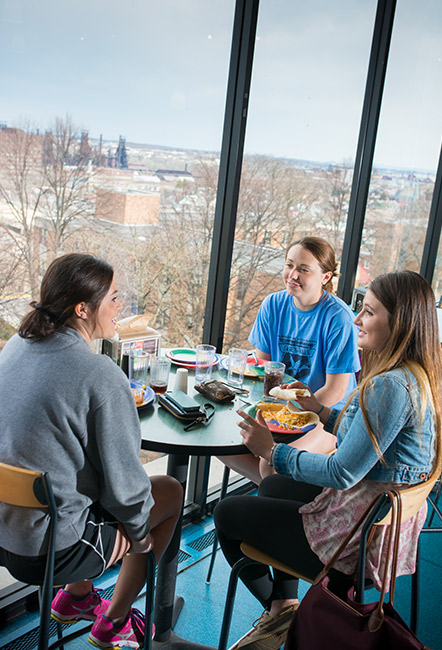After class on a Friday morning in early February, sophomore Aleksander Gulkewicz ’20 pulls up a seat in Lower Cort at the University Center and starts entering dining hall invoices into his computer. Bagels, English muffins and multigrain rolls from a bakery. Eggroll wrappers, green curry paste and Nutella from a specialty foods company.
He fills a spreadsheet with more details—vendor names, product codes and food descriptions. Later, he’ll analyze whether the items meet national “Real” Food Standards and check if the vendors have had any labor or safety and health violations.
It’s tedious work that he and a team of other students in Lehigh’s Office of Sustainability will repeat throughout all of February—the recording of food purchases for Lower Cort and Rathbone dining halls and the Füd Truk. But, he says, “It feels like we’re making a difference.”
For two months each academic year, teams of students analyze invoices to determine if campus food purchases meet one or more of four criteria: that the food was grown or processed within a 250-mile radius of campus; that items were certified as Fair Trade (to indicate that a company’s employees earn living wages); that meats were sourced from animals that have been treated humanely; or that the food was produced in ways that show environmental stewardship.
Though the analyses began in the 2013-2014 academic year, President John D. Simon formally signed the “Real” Food Campus Commitment just last fall. With that stroke of a pen, Lehigh pledged to annually increase its procurement of food from local, organic, fair trade and humane sources to 20 percent by 2020.


